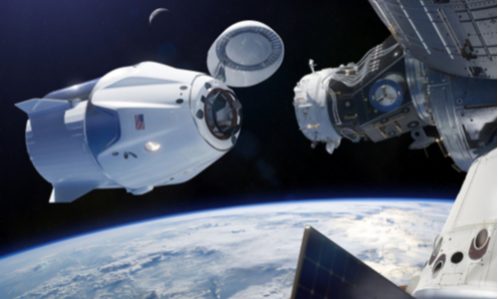By William E. Kovacic (George Washington University)
In May 2005, Boeing and Lockheed Martin announced plans to form the United Launch Alliance, a joint venture which combined the only two suppliers of medium-to-heavy national security-related launch services to the U.S. government. The Federal Trade Commission reviewed the transaction’s antitrust implications and, in consultation with the Department of Defense, approved the deal in October 2006 subject to restrictions governing ULA’s relationship other satellite manufacturers and providers of launch services. The DOD endorsed the transaction on the ground that the joint venture would increase launch reliability by concentrating production and launch services in a single team rather than subdividing a declining amount of launch vehicle production and launch preparation activities between two firms. The FTC’s approval rested on two assumptions: that the claimed efficiencies were significant, and that the DOD and the National Aeronautics and Space Administration would use best efforts to facilitate entry into the launch services sector. Since 2006, ULA has achieved the reliability goals that motivated the transaction, and SpaceX has emerged as a principal supplier of launch services for NASA and the national security agencies.
This article examines the decisions of the DOD and the FTC in 2006 and considers the assumptions supporting the 2006 decision in light of subsequent experience. The ULA transaction illuminates important issues concerning the analysis of efficiencies, entry, and innovation in high tech sectors and highlights how public procurement can stimulate competition in concentrated markets.

